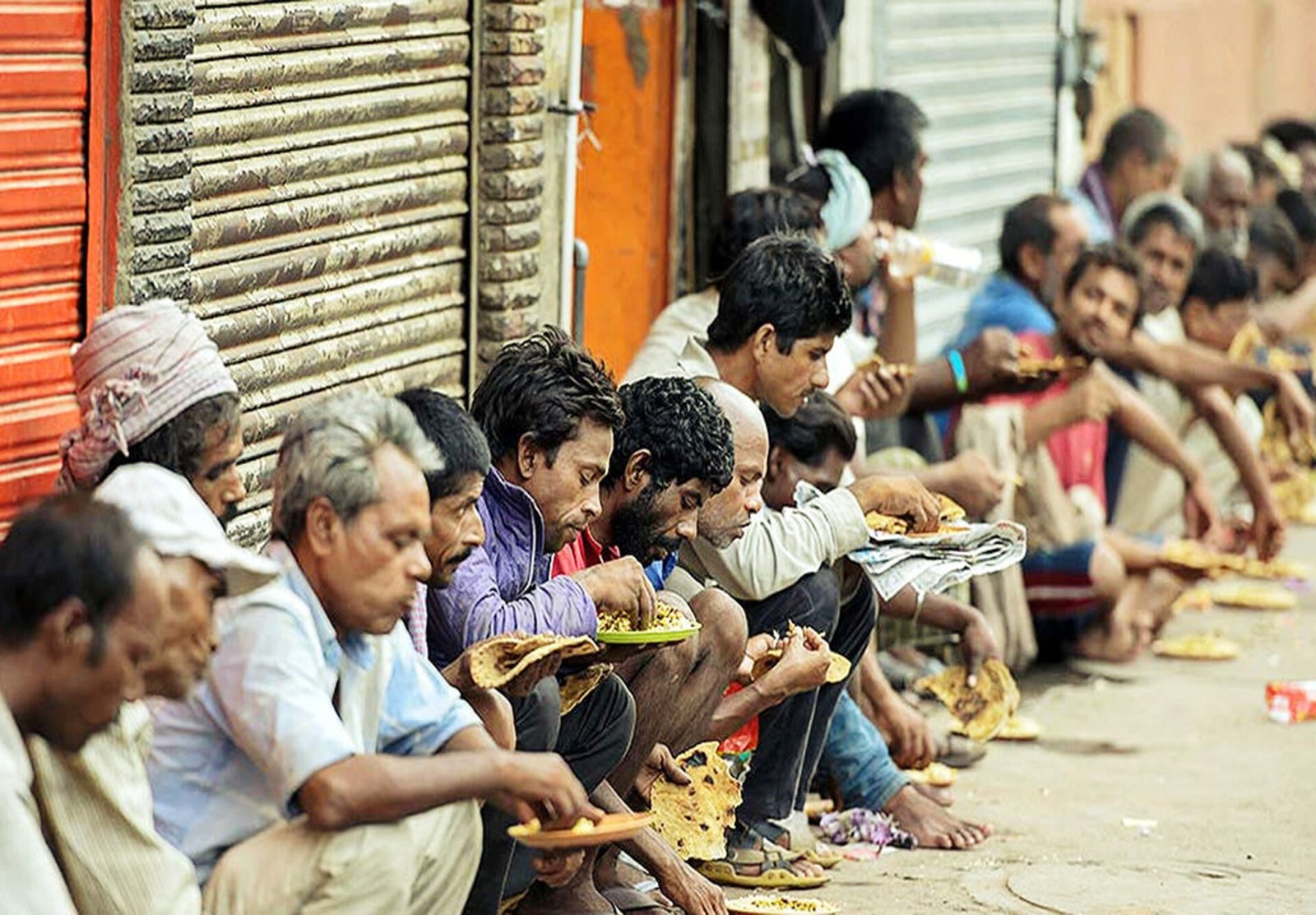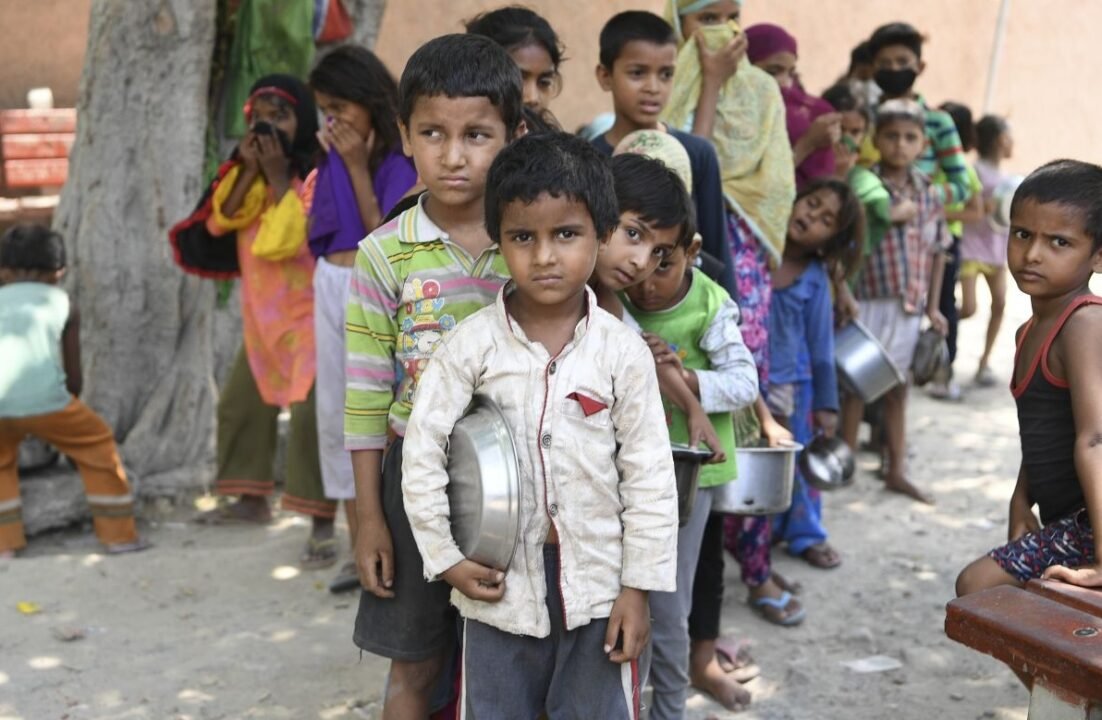By: Dr Soma Marla
In India, landownership is crucial for the upliftment of the rural poor. Even after seven decades of independence from British colonialism, the rich landed sections occupy vast tracts of land while the small and landless, who form 80 percent of the farmer community possess only a negligible portion. The landless situation is a major obstacle in the process of poverty eradication, and in increasing agrarian production and productivity, both qualitatively and quantitatively. Successive governments have conveniently ignored the implementation and even subverted the agenda of land reforms. Neoliberal economic reforms facilitated the conversion of land and food into marketable commodities, depriving millions of poor farmers, and landless rural poor in South Asia.
Soon after the attainment of independence in India, the zamindari system was abolished and land reforms were proposed with the intention to distribute land to the tiller. The original intention was to turn landless into small farmers by providing them with some land. But this has not been implemented successfully throughout our country and the farmers who are left with minuscule volumes of land are losing it at a faster pace. The Green Revolution heralded in the late 1960s increased food production but also brought increased inequalities between small, marginal farmers and rich landed farmers in villages.
The country is witnessing a rapid reversal of land reforms. This is a betrayal to the peasantry who fought along with the workingclass, against feudal exploitation and British colonizers.
Land struggles waged by CPI in Telangana and Tebhaga (West Bengal) during the early 1950s led to the distribution of nearly 10 lakh acres of land belonging to feudal landlords to landless poor in the respective states. During the 1960s and 1970s, militant struggles waged by AIKS (All India Kisan Sabha) and BKMU (Bharatiya Khet Mazdoor Union) brought land reforms as a major agenda to the mainstream again. These struggles forced the Government of India and various state governments to reconsider the implementation of land reforms. As a result, legislation was made in some states, a land ceiling was imposed and some land was confiscated from landlords. But the implementation was feeble and token as they were not comprehensive and pro-people.
Eventually, the structure of landownership in villages did not change significantly. The lion’s share of land remained in hands of larger sections of the rich-middle peasantry. Only a miniscule portion became accessible to small-landless peasantry belonging mostly to backward, Dalit sections. With the failure of land reforms undertaken by different states, the poverty and unemployment in villages remained largely unresolved. As of 2020, small and marginal farmers (constituting 84.2 percent of the farming community), own less than two hectares. The small and marginal farmers together own only 47.3 percent of cropped area, while the remaining 52.7 percent is held by a handful of large and middle sections of farmers.
In Telangana, under the Land Reforms (Ceiling on Agricultural Holdings) Act, of 1973, the land ceiling on agricultural holdings was imposed and surplus lands (including Bhoodan lands) were confiscated by the government. A mere 2.1 percent of cultivable land was distributed among land less poor. Most of the land either continues to remain in the possession of big and rich farmers or is embroiled in legal and bureaucratic deadlocks. The very idea of the distribution of surplus land to the landless tillers has remained unfulfilled.
According to the National Sample Survey, 2020, small, marginal farmers (84.2 percent of the farmers) own less than 2.0 hectares of land. The rich landed farmers who constitute 13.8 percent of the whole farmers’ population own 47.3 percent of cropped land. There is also a huge divergence in landownership structure across various states. In Punjab and Bihar, 80 percent of the land is owned by a mere 10 percent of rich landlords, whereas in Telangana, Rajasthan, and Karnataka, 55 per cent of agricultural land is owned by the rich10percentof the households.
In India, a mere 4.9 percent of farmers control 32 percent of India’s farmland. A big farmer in India has 45 times more land than a “marginal” farmer. Four million people or 56.4 percent of rural households are landless. Of the total net cropped area, nearly 82 per cent of fertile and irrigated land is owned by top rich farmers. Small, marginal farmers own less fertile, mostly rainfed cultivable land in the country.
Most farmers a returning into wage labourers since their land is lost. The reasons for small and medium farmers losing their land include escalation of the cost of cultivation, and inability to bear the high costs of fertilizers, diesel, and seed. Small farmers are increasingly being exploited by markets and large agribusiness corporations. On the other hand, due to the lack of remunerative crop MSPs in markets, small Farmers became vulnerable to rural indebtedness. This proved even more harmful in times of climate change with its more erratic rainfall and weather patterns. Small farmers became bankrupt in markets.
The current neoliberal model of development is pushing for the monopolization of input supply, land ownership, marketing, and distribution chain in villages by agribusiness giants. Corporate farming is the tool for this. Recent Land Acquisition acts (2014) and three farm laws (which were later repealed) are directed to displace small farmers, and hand over the land to corporate ownership. Thus, the paradigm of land reforms is totally reversed to benefit large corporations.
The average monthly net income of agricultural households was a bare Rs 8,337 in 2018–19. But we must note that wages (earned as farm labourers in others fields) now account for almost half the monthly income of agricultural households. This is a major shift as wage income is not earned from crop cultivation but from wage labour, dairy cattle, and poultry rearing.
Income earned outside crop cultivation has become the prime source of farm families with less than 1 hectare of land. Wages have become the main source of income for agricultural households replacing crop production. Burdened with income loss, and medical & educational expenses farmers are indebted and losing their lands. This land is being acquired either by real estate lobbies or big corporations or rich landlords.
High costs of cultivation and low crop MSPs are major reasons for the loss of land and pauperization of farmers. In India, according to the census of 2001, there were 127.3 million (1273 lakh) landowning farmers. According to the 2011census, the number of landowning farmers in India decreased by 8.6 million (86 lakhs). This works out to a decline of over 2300 farmers in a day or almost a hundred farmers every hour.
Landless and small farmers have become tenant farmers and the numbers run to nearly 40 percent in states such as Telangana, Gujarat, Maharashtra, AP, and West Bengal. The tenant farmers are denied benefits provided by states such as PM Samman, Rytu Bandhu, seed, fertilizer subsidies, crop damage relief compensation, and other forms of relief. Besides tenant farmers have to meet high costs of cultivation, and yet they have to pay nearly half the income derived from crop cultivation to landowners, leaving very little for their households.
Farmer’s suicide is the product of the anti-farmer neo-liberal reforms. During the last two decades, nearly 3.5 lakh farmers (at a rate of 332 a day) ended their lives. Women farmers perform nearly 60 percent of the farm operations but only 12 percent of women farmers own land. Their labour is mostly unaccounted for or receives 30 percent lesser wage compared to men. The distribution of land was done in the states of West Bengal, Kerala, Tripura (by Communist led governments), and Jammu and Kashmir. State governments had (though partially) implemented land reforms in Andhra Pradesh, Maharashtra, Bihar, Tripura, Punjab, and Tamil Nadu after land occupation struggles waged by CPI, AIKS, and BKMU.
All over India, 68.72 lakh acres of land was declared ceiling surplus after abolishing Zamindari feudal landownership and government acquisition of land under partially implemented land reforms. Out of this, 60.27 lakh acres were taken into possession of the government and 48.99 lakh acres had been distributed till 2006.
The total operated area of India in 2006 stood at 39.10 crore acres. This means that 1.25 percent operated area was only distributed through land ceiling surplus measures under land reforms. These figures clearly show availability of surplus land for distribution among landless and small farmers. Unless Land reforms are implemented in true spirit, it may not be possible to eradicate unemployment and poverty in villages. Land to the tiller should be a priority. The land question should be solved immediately in favour of landless and small farmers. (IPA Service)







